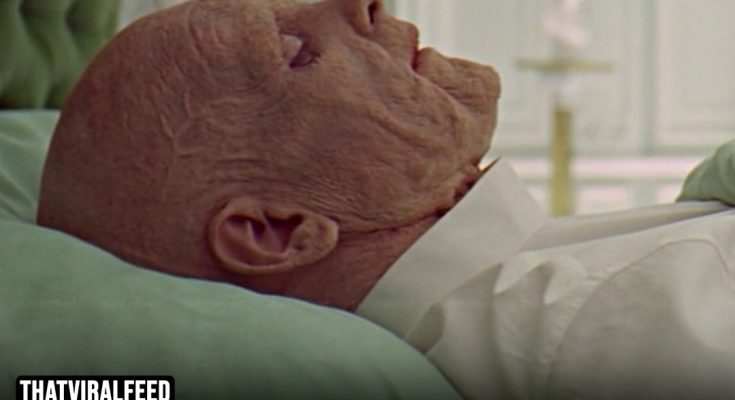The Nose Knows: Can Smell Predict Death?

Can we smell death? Discover the fascinating link between our sense of smell and mortality, and what it could reveal about health and impending death.
Death has always been a mysterious and often unsettling topic. For centuries, people have tried to predict or understand it in different ways.

One idea is that the human body emits distinct chemicals as death nears, which might be detected by individuals with a sharper sense of smell.
Another explanation ties this ability to emotional shifts, suggesting that some people unconsciously pick up on changes in the atmosphere.
While hard scientific proof is still lacking, studies reveal that animals can detect chemical signals in people with specific illnesses, hinting that humans may possess a similar but underdeveloped ability.

The olfactory system frequently begins to decline before more visible symptoms emerge, making it an early indicator for health professionals to monitor.
A notable study published in the Journal of the American Geriatrics Society highlighted that older adults with a reduced sense of smell were significantly more likely to die within five years compared to those with normal olfactory function.

Researchers are diving deeper into the chemical changes that occur in the body as it nears death, as well as the implications of olfactory decline on mortality risk.
Unlocking these connections may pave the way for innovative diagnostic tools that rely on scent, potentially leading to earlier interventions that could save lives.

The notion that “the body knows when death is near, starting with your nose” is an intriguing area of study.
The idea of detecting death through scent and understanding how olfactory decline can signal health risks opens up fascinating possibilities for medical research.
By delving into this lesser-known aspect of our biology, we could unlock new ways to enhance health and extend life.
Harnessing the sense of smell might one day lead to groundbreaking advancements in how we approach health and mortality.



